Description
Latin Name : Glycyrrhiza Glabra
Glycyrrhiza glabra, commonly known as liquorice root, is a perennial legume plant that is native to Europe, Asia, and North Africa. The plant has pinnate leaves and produces small white flowers in clusters. The root of the plant has a sweet taste due to the presence of glycyrrhizin, a compound that is 50 times sweeter than sugar. It is also used as a flavouring agent in food and beverages.
– Licorice root can help relieve symptoms of indigestion, heartburn, and acid reflux.
– It is often used to alleviate respiratory issues such as coughs, sore throats, and bronchitis.
– Glycyrrhizin, a compound found in licorice root, has potent anti-inflammatory properties and may alleviate symptoms of conditions such as arthritis and inflammatory bowel diseases.
– Licorice root may help prevent cavities and reduce plaque formation due to its antibacterial properties.



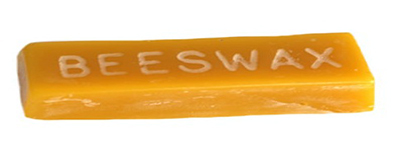

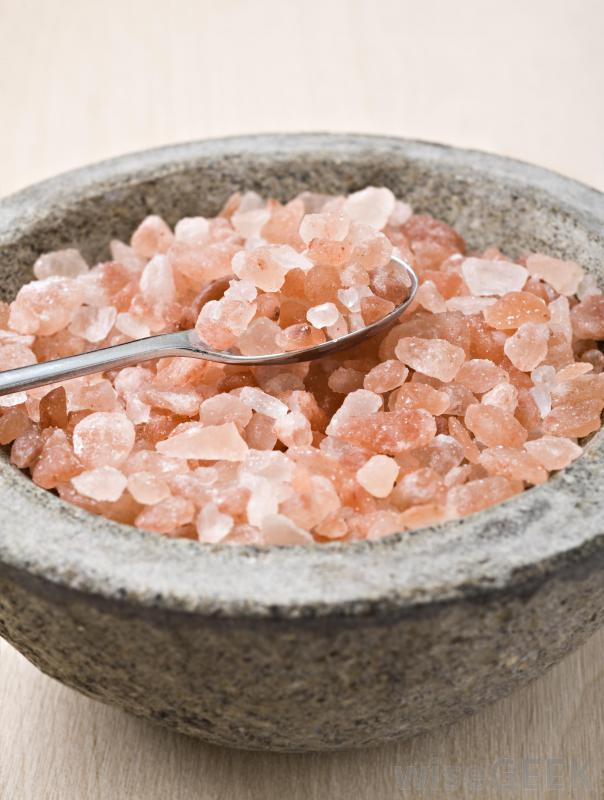
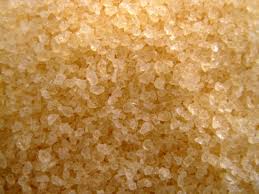



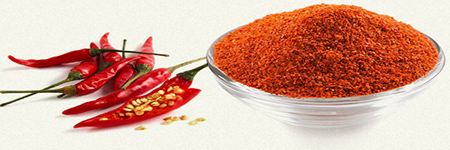
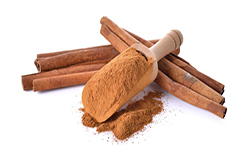
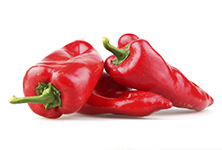
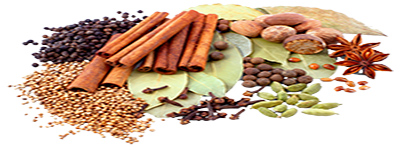




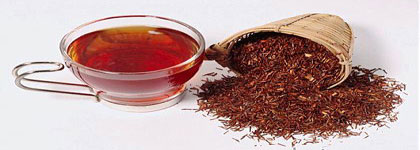

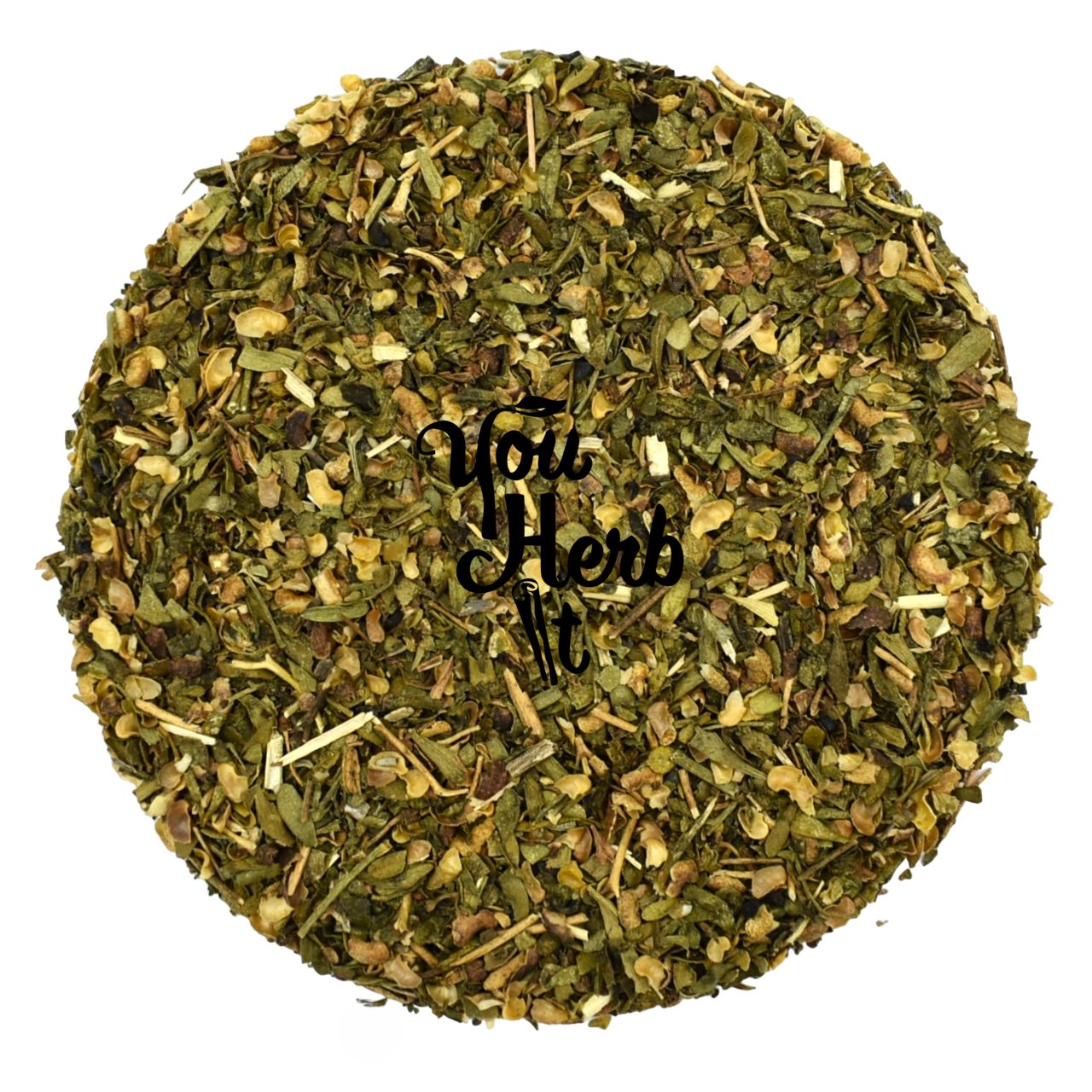
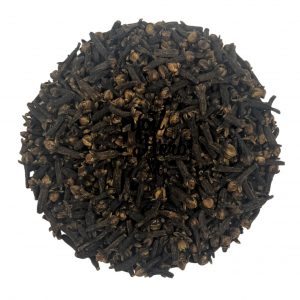
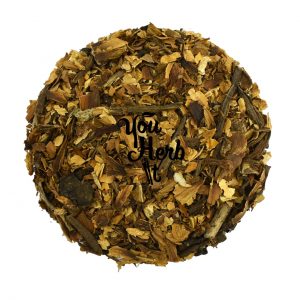

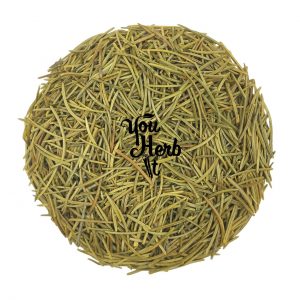
Reviews
There are no reviews yet.